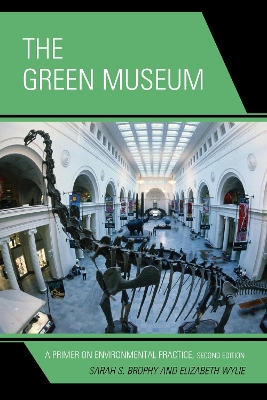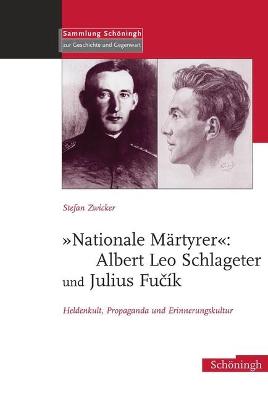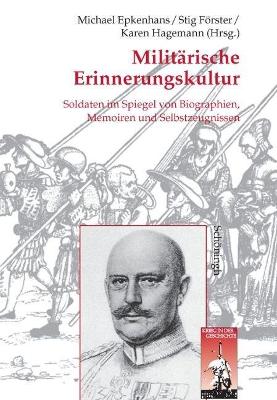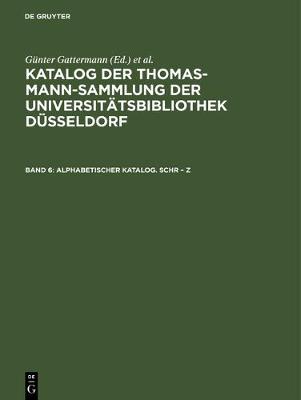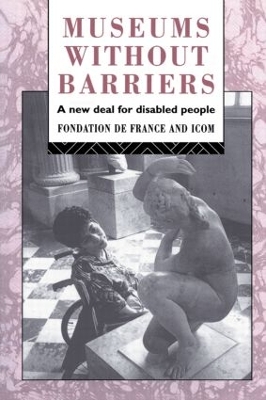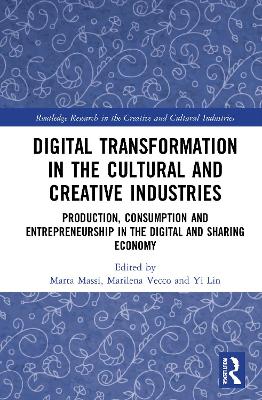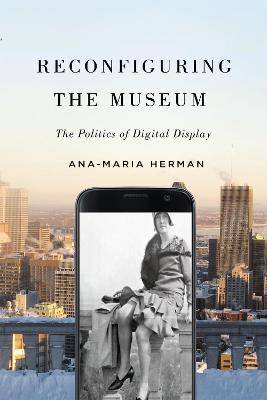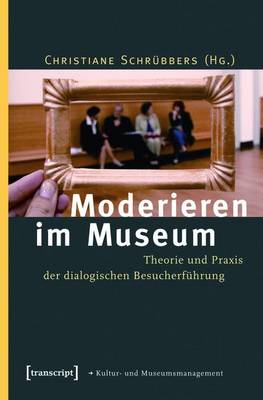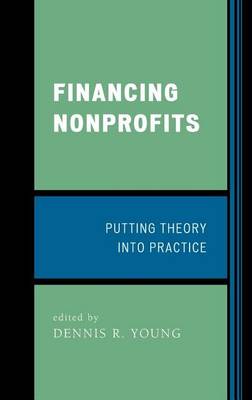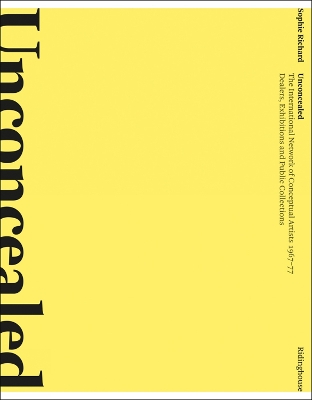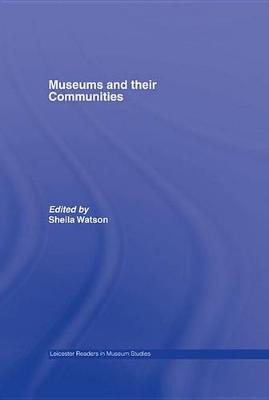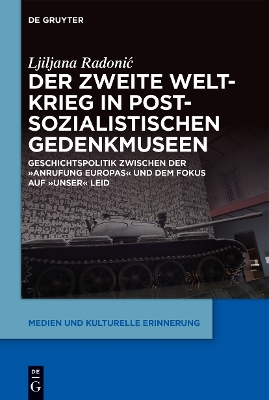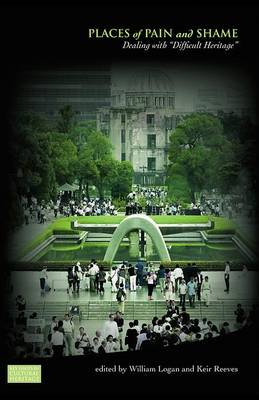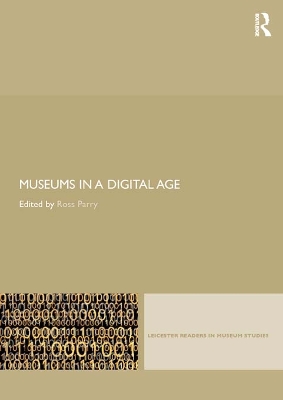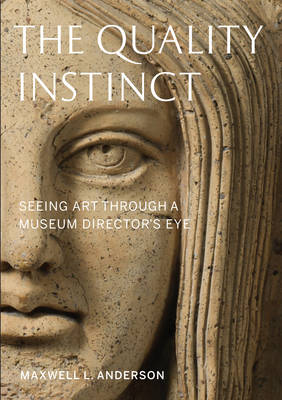Environmentally friendly practices are crucial to the mission of museums, which, as houses of preservation, are uniquely suited to modeling green behavior and sustainability. The Green Museum remains the leading handbook for museums seeking to learn ways to implement environmentally sustainable practices at their institutions, whether they are planning new construction or want to find out how to "green" their day-to-day operations. As environmental sustainability becomes the rule rather than the...
Museum Education for Today's Audiences (American Alliance of Museums)
Nationale Martyrer: Albert Leo Schlageter Und Julius Fucik (Sammlung Schoeningh Zur Geschichte Und Gegenwart)
by Stefan Zwicker
Basic Condition Reporting
by Deborah Rose Van Horn, Corinne Midgett, and Heather Culligan
Creating Great Visitor Experiences (American Alliance of Museums)
by Colleen Higginbotham and Erik Neil
Katalog der Thomas-Mann-Sammlung der Universitatsbibliothek Dusseldorf, Band 6, Alphabetischer Katalog. Schr - Z
Activating the Art Museum (American Alliance of Museums)
by Ruth Slavin, Ray Williams, and Corinne Zimmerman
Museums Without Barriers (Heritage: Care-Preservation-Management)
Essential reading for all professionals concerned with museums and the cultural heritage, with the architecture and design of museums and for those providing service for the disabled. The volume provides access to some of the best practice in the provision for the disabled, and sets out an agenda for future action in museums worldwide.
This research-based book investigates the effects of digital transformation on the cultural and creative sectors. Through cases and examples, the book examines how artists and art institutions are facing the challenges posed by digital transformation, highlighting both positive and negative effects of the phenomenon. With contributions from an international range of scholars, the book examines how digital transformation is changing the way the arts are produced and consumed. As relative late ad...
Digital media technologies have provided an occasion not only for novel ways to display and exhibit collections, but also for new politics to arise as museums and urban settings change. While some believe these changes are driven by humans, others see digital media technologies at the heart of these changes. Reconfiguring the Museum offers a third explanation that considers both the social and technical together and thereby captures the experimental nature of introducing novel digital media tech...
Nonprofits often struggle financially, overwhelmed by the need to muster a complex combination of income streams that range from grants and government funding to gifts-in-kind and volunteer labor. Financing Nonprofits draws upon a growing body of scholarship in economics and organizational theory to offer a conceptual framework for understanding this diverse mix of financing sources. By applying theory, readers can understand when a nonprofit organization should pursue particular sources of inc...
Unconcealed: The International Network of Conceptual Artists, 1967–77
by Sophie Richard
"The book is an impressive work of scholarship" – Studio International "Richard set about to produce a study of distribution networks, and achieved this through immaculate and thorough research. It is no criticism of the book to say that there are many questions left unexplored ... As scholars of the future think through these and other questions, they will remain grateful to Richard’s extraordinary and meticulous scholarship." – Mark Godfrey, Frieze Emerging in the late 1960s, conceptual art...
Museums and their Communities (Leicester Readers in Museum Studies)
Using case studies drawn from all areas of museum studies, Museums and their Communities explores the museums as a site of representation, identity and memory, and considers how it can influence its community. Focusing on the museum as an institution, and its social and cultural setting, Sheila Watson examines how museums use their roles as informers and educators to empower, or to ignore, communities. Looking at the current debates about the role of the museum, she considers contested values...
Der Zweite Weltkrieg in postsozialistischen Gedenkmuseen (Medien Und Kulturelle Erinnerung)
by Ljiljana Radonic
Erstmals wird die Museumslandschaft aller postsozialistischen EU-Mitgliedsländer untersucht. Wie stellen Museen den Zweiten Weltkrieg, Holocaust und sowjetische Verbrechen dar? Im Zuge der EU-Beitrittsbemühungen betreiben einige eine 'Anrufung Europas' und wollen ihr Europäischsein beweisen, indem sie internationale Musealisierungstrends übernehmen. Andere verlangen von ‚Europa‘, ihr Leiden unter den Sowjets als größeres Übel anzuerkennen.
Places of Pain and Shame (Key Issues in Cultural Heritage)
by Professor William Logan
Places of Pain and Shame is a cross-cultural study of sites that represent painful and/or shameful episodes in a national or local community's history, and the ways that government agencies, heritage professionals and the communities themselves seek to remember, commemorate and conserve these cases - or, conversely, choose to forget them. Such episodes and locations include: massacre and genocide sites, places related to prisoners of war, civil and political prisons, and places of 'benevolent'...
Museums in a Digital Age (Leicester Readers in Museum Studies)
The influence of digital media on the cultural heritage sector has been pervasive and profound. Today museums are reliant on new technology to manage their collections. They collect digital as well as material things. New media is embedded within their exhibition spaces. And their activity online is as important as their physical presence on site. However, ‘digital heritage’ (as an area of practice and as a subject of study) does not exist in one single place. Its evidence base is complex, div...
How do we judge what is good in art? Or more to the controversial point, can we judge art? Acclaimed museum director Maxwell Anderson, newly named Eugene McDermott Director of the Dallas Museum of Art, enters the fray with The Quality Instinct. Part personal memoir, part thinking person's guide to the museum, The Quality Instinct is filled with wit and humor, anecdotes, and insights from the author's 30 years in the highly competitive, often contentious art world. Anderson takes us on a grand t...
